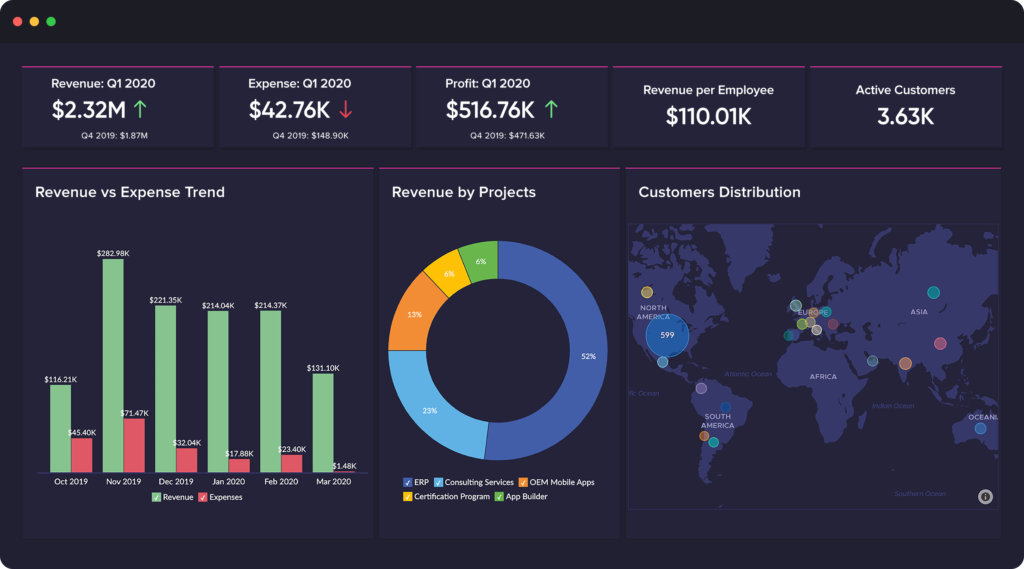
Recognising the “signs” of a business crisis before they become “evidence” in the balance sheet
With Legislative Decree 147/2020, businesses are now required to systematically assess their economic and financial health.
Why could this new law—even in the delicate post-Covid context—represent an opportunity, or even a double opportunity?
In our view, there are two main benefits that could emerge:
- Greater resilience in the national business landscape, thanks to the law’s deterrent effect—well before its punitive measures—that naturally arises from legal frameworks.
- Improved managerial practices for businesses that see this legislative update as an opportunity to evolve and enhance their performance.
This article focuses on the second point.
How to improve a business’s managerial practices
As outlined in the law, a business owner operating a corporate entity is obliged to establish an adequate organisational, administrative, and accounting structure suited to the company’s nature and scale, particularly with respect to timely detection of any potential financial distress or business continuity risks.
This implies the effective and intelligent use of digital technologies, essential to establish an efficient organisational, administrative, and accounting framework that does not, paradoxically, hinder operational efficiency—the very goal the new legislation seeks to promote.
A digital system that leverages existing company data, fed by various in-use information systems, will provide the information required by the legislature. An automated process can transform existing data into valuable insights for executives, management, and staff.
Reassurance: No inventions are required—the tool invoked by the law already exists, though it goes by different names such as decision-support system, business intelligence system, or business dashboard. We will refer to it here as a business dashboard.
Before investing in a new business dashboard customised for your company, one crucial aspect to consider is selecting a technologically adept partner with relevant experience in this area of software and, if possible, familiarity with the new legislative requirements.
The true aim of the new business crisis law
In our opinion, the law aims to equip businesses to detect, with adequate foresight, the early indicators of financial strain, which over time could escalate into a full-blown business crisis—signs that are often only confirmed later as formal evidence in the balance sheet.
Simply put, a business dashboard aims to identify these early signs well before they become balance sheet evidence.
Indicators of a crisis
What exactly might these early indicators be? Are they purely economic or financial in nature? What occurs within a business before financial indicators spiral out of control? Can we identify the conditions that might place a business at risk?
While signs of a crisis may indeed be economic or financial, as highlighted by the new law—think of cash flow indicators, bank credit utilisation, or the volume of non-performing loans—monitoring only these financial metrics, even with a well-integrated and agile business dashboard, might be useful but not sufficient.
For businesses that view the legislative update as an opportunity, innovation lies in the desire to monitor broader business dynamics, beyond merely economic and financial realms.

Broadening the view beyond the indicators
With a business dashboard, we can monitor potential signs of crisis and recognise the conditions within the business that could signal trouble. Here are some examples of practical indicators:
- Customer selection: Taking on a new client can often mean taking on a significant business risk, but integrating valuable financial credibility information about a prospective client in the dashboard can mitigate this risk.
- Example Indicators: average client portfolio rating, rating of recently acquired clients.
- Customer satisfaction: What happens if a business unknowingly decreases the quality of its products or services? This is a dynamic that can, fortunately, be tracked by sharing indicators among executives, management, and quality control staff.
- Example Indicators: customer-perceived quality, quality of production processes.
- Customer segmentation: If a customer segmentation already exists, allowing you to identify loyal customers and those requiring prompt action, is the loyal segment growing and the other shrinking, or vice versa?
- Example Indicators: number of loyal customers, number of customers requiring action.
- Sales pipeline analysis: The decline of a sales pipeline (i.e., the number and value of potential sales) can lead to a chain reaction, reducing sales, production orders, revenue, and cash flow—ultimately creating a financial strain.
- Example Indicators: volume of open offers, number of lost offers.
- Innovation: The capacity to foster innovation, which often determines medium-to-long-term success, depends on conditions that are cultivated and sustained within the organisation.
- Example Indicators: number of improvement proposals, research and development initiatives.
- Company culture: Without genuine involvement of the people who bring the organisation to life, a business’s vision and mission become little more than a manifesto—unattainable without real, human job satisfaction on a daily basis.
- Example Indicators: employee engagement with the vision, staff well-being.
- Industry 4.0: When production and business are integrated according to the principles of Industry 4.0, the dashboard includes strategic indicators on production processes, even extending to predictive functions for potential near-future events.
- Example Indicators: predictive maintenance of equipment, efficiency of production processes.
These are just a few examples, as every business is unique and requires its specific indicators. The aim is to broaden perspectives and highlight the opportunity presented by the little-discussed Legislative Decree 147/2020 on business crises, which could serve as a significant driver for revitalising our national business fabric. This is a chance to turn a necessity into a strength—investing for the well-being of the next generation.
Fonti:

